
TIBET
The following is a resource guide for educators, researchers, and students interested in learning about Tibet. Please note that the resources gathered are not exhaustive, and we encourage readers to pursue additional resources. If you would like to suggest a resource, please send an email to gweanrc@gwu.edu
Here are some basic facts about Tibet:
- Capital: Lhasa
- Currency: Chinese Yuan or Ren Min Bi
- Prime Minister: Lobsang Sangay
- Government: Complex circumstances –
- Government in Exile: Parliamentary system (administered by Central Tibetan Administration located in Dharamsala India)
- Government in Tibet: Communist (administered by the People’s Republic of China in the Tibet Autonomous Region)
- Official Language: Tibetan
- Population: 6 million Tibetans and an estimated 7.5 million Chinese, most of whom are in Kham and Amdo
- Land Area: 474,300 square miles (2.5 million square kilometers)
- Population Density: 17.35 per Mile2 (about 14 persons fewer than the United States)
- Writing Systems: Tibetan Script
Overview
Tibet lies at the center of Asia, with an area of 2.5 million square kilometers. The earth’s highest mountains, a vast arid plateau, and great river valleys make up the physical homeland of six million Tibetans. It has an average altitude of 13,000 feet above sea level. From 1949 to present, Tibet is comprised of the three provinces of Amdo (now split by China into the provinces of Qinghai, Gansu & Sichuan), Kham (largely incorporated into the Chinese provinces of Sichuan, Yunnan and Qinghai), and U-Tsang (which, together with western Kham, is today referred to by China as the Tibet Autonomous Region).
The Tibet Autonomous Region (TAR) comprises less than half of historic Tibet and was created by China in 1965 for administrative reasons. It is important to note that when Chinese officials and publications use the term “Tibet,” they mean only the TAR. Tibetans use the term Tibet to mean the three provinces described above, i.e., the area traditionally known as Tibet before the 1949-50 invasion.
It is generally held that China and Tibet were independent prior to the Yuan dynasty (1271–1368), and that Tibet has been ruled by the People’s Republic of China (PRC) since 1959. The nature of Tibet’s relationship with China in the intervening period is a matter of debate:
- The PRC asserts that Tibet has been a part of China since the Mongol Yuan dynasty.
- The Republic of China (ROC) asserted that “Tibet was placed under the sovereignty of China” when the Qing dynasty (1644–1912) ended the brief Nepalese rule (1788-1792) from parts of Tibet in 1793.
- The Tibetan Government in Exile asserts that Tibet was an independent state until the PRC invaded Tibet in 1949-50.
- Some Western scholars maintain that Tibet and China were ruled by the Mongols during the Yuan dynasty, that Tibet was independent during the Chinese Ming dynasty (1368–1644), and that Tibet was ruled by China or at the very least subordinate to the Manchu Qing during much of the Qing dynasty.
- Some Western scholars also maintain that Tibet was independent from 1912 to 1950, although it had extremely limited international recognition
Independence for Tibet came in 1911, following the overthrow of the Qing Dynasty and the surrender of Chinese imperial troops to the Tibetan Army. From 1911 to the late 1940s, Tibet avoided most foreign influences and was considered to be an independent state. But in 1949-50, the newly founded People’s Republic of China invaded the Himalayan nation, eventually occupying half the country by 1951. In May of that year, Tibet was forced to sign the so-called “17 Point Agreement for the Peaceful Liberation of Tibet,” which gave China control over the Tibetan region.
Despite over 40 years of PRC administration occupation and repression, the Tibetan people refuse to be conquered and subjugated. The present Chinese policy, a combination of demographic and economic manipulation, and discrimination aims to suppress the Tibetan issue by changing the very character and the identity of Tibet and its people.
References
The Office of Tibet. (n.d.). Tibet at a Glance. http://tibetoffice.org/tibet-at-a-glance
Washington Post. (n.d.) Overview: Tibet. https://www.washingtonpost.com/wp-srv/inatl/longterm/china/overview/tibet.htm
Embassy of the People Republic of China. (n.d.). The History of Tibet of China. http://bw.china-embassy.org/eng/xwdt/t541816.htm
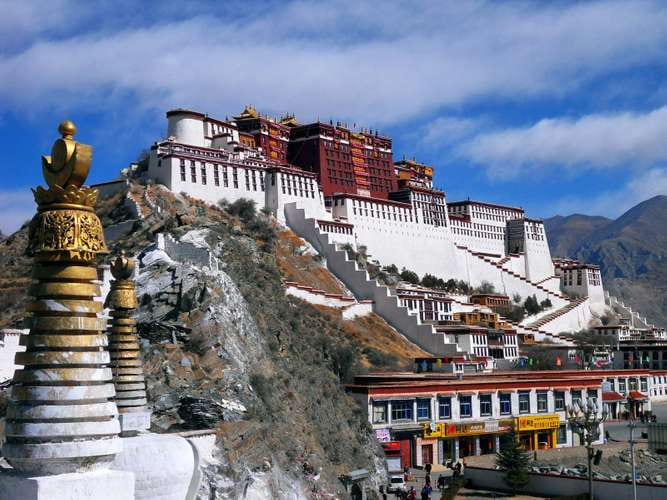
Potala Place, Lhasa, Tibet
Clicked by Ron Gatepain
For more information on Tibet and related resources, please click the “Tibet Resources PDF” button below.
K-12 Resources for Students & Teachers
Below are links to useful resources that could be found online. Please click the individual hyperlinks to find out more about these resources. For more information, please look through the Tibet Resources (PDF) file.
History, Culture, Language, And Traditions
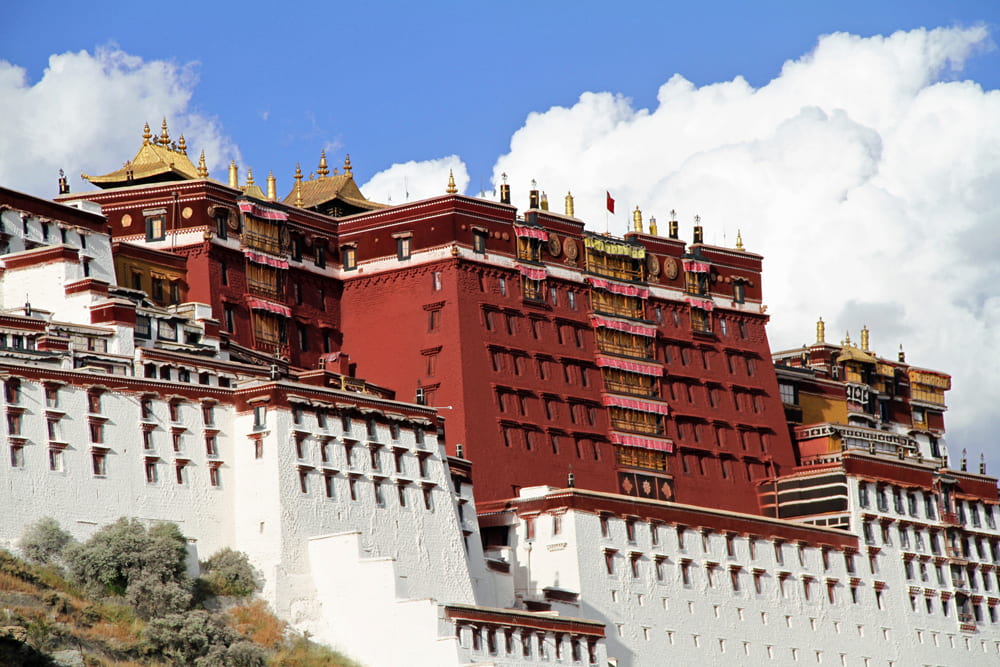
The History of Tibet
This resource translates major news releases from the People’s Daily and new policies, resolutions, and statements of the Chinese Government. People’s Daily Online useful information about the activities of Chinese leaders, basic facts on China, and places of interest in China. A great resource to help teachers and students quickly brush up on the history of Tibet.
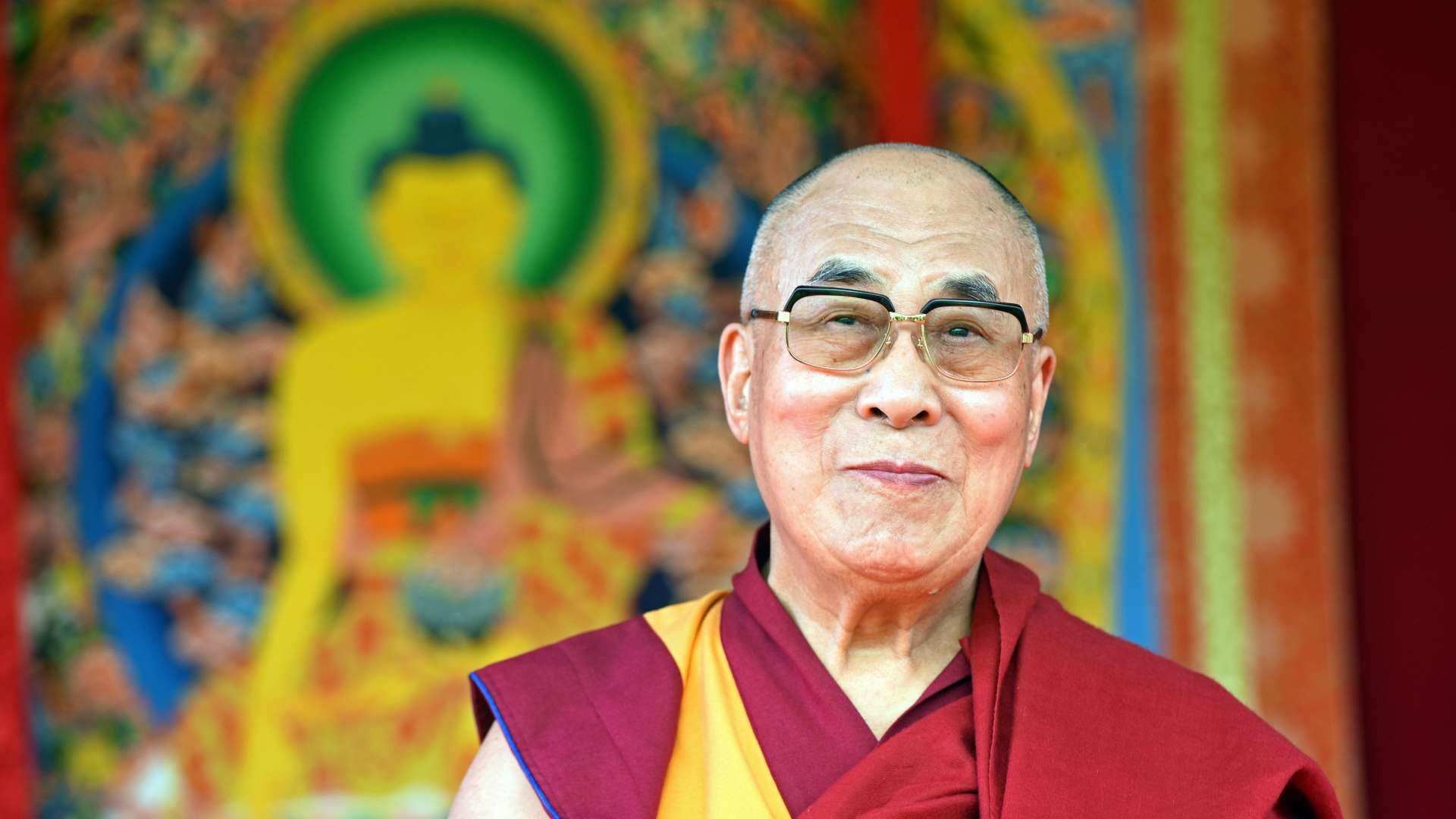
His Holiness the 14th Dalai Lama of Tibet
A website dedicated to the biography, daily life, commitments, etc of Dalai Lama. This resource provides a brief history as well as information on daily news and current events.

Tibet’s History and Culture
This online resource provides in-depth information about Tibet’s History prior to China’s invasion in 1950 and its effects on Tibet’s culture and identity today.

Tibetan Buddhism for Beginners
This is a great resource by Tricycle: The Buddhist Review, a print and digital magazine dedicated to making Buddhist teachings and practices broadly available. An in-depth guide deck for people new to Tibetan Buddhism.
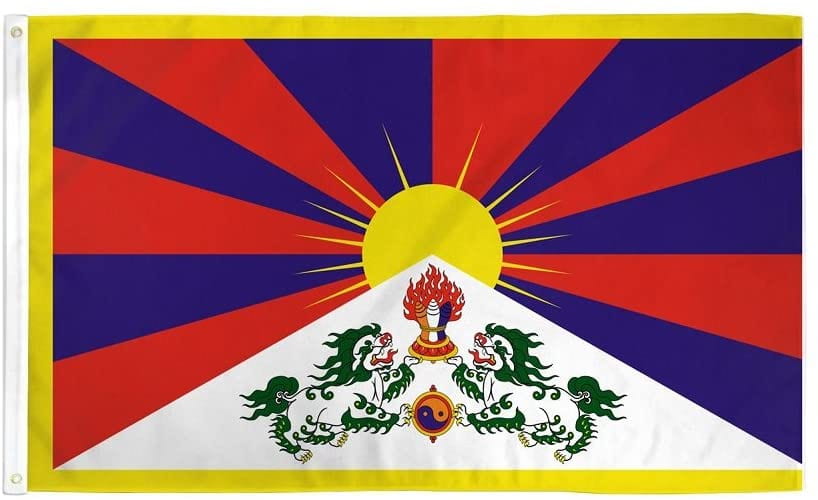
The Tibetian National Flag
This resource is curated by the Central Tibetan Administration. A quick guide to learning the Symbolism of the Tibetan National Flag.
POLITICS AND CONTEMPORARY TOPICS
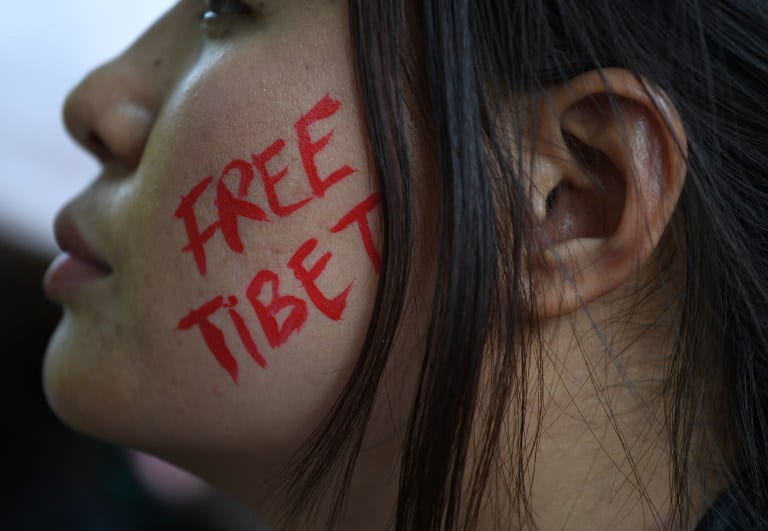
Issues Facing Tibet Today
This resource is curated by the Central Tibetan Administration. It includes current news on Tibet’s national independence, culture and religion, human rights, and the environment.
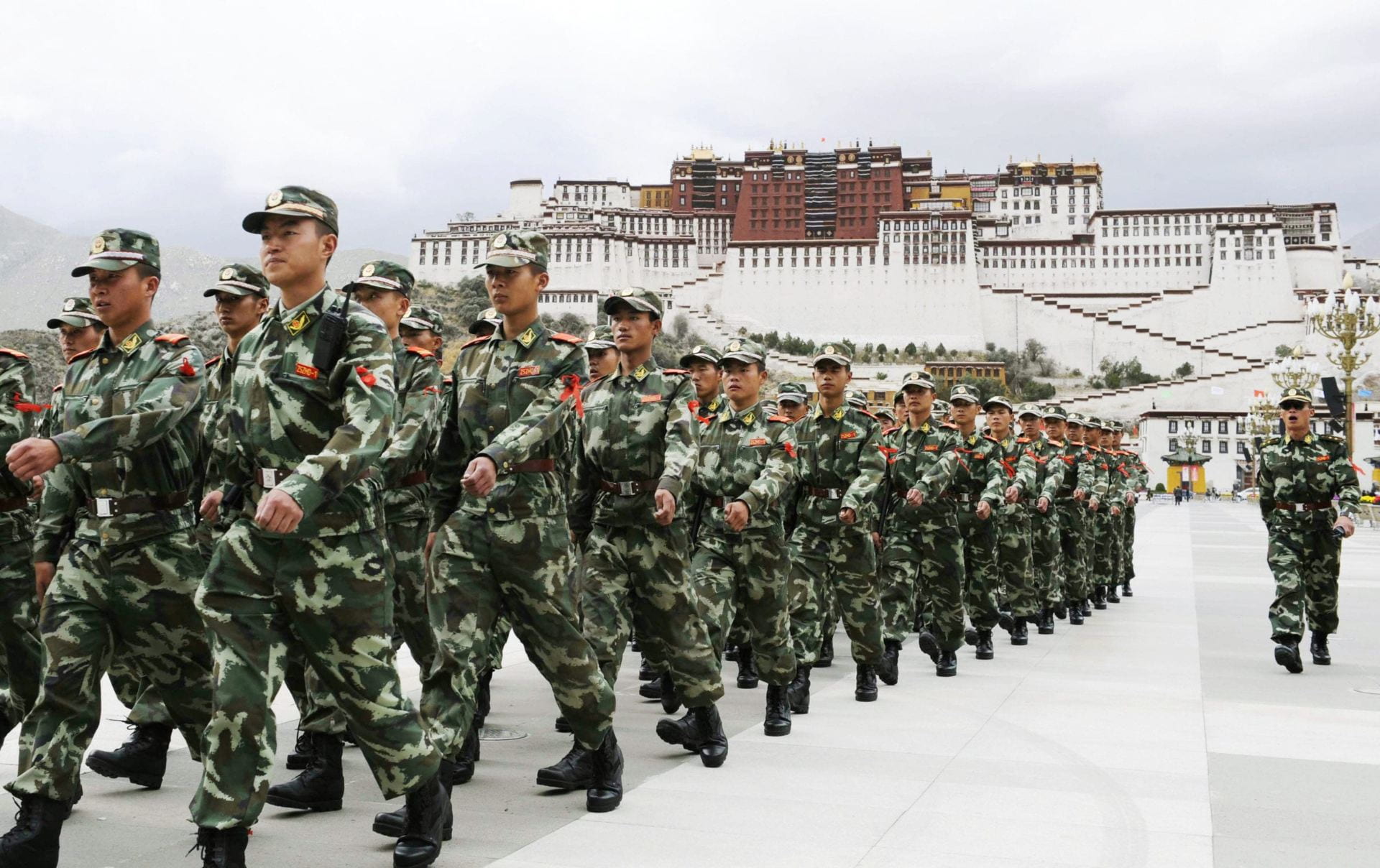
Global Tibet Movement
A great resource to keep up to date about the Tibetian Movement. Over the last six decades, the Central Tibetan Administration (CTA) and the Tibetan people under the leadership of His Holiness the Dalai Lama have been carrying out a non-violent movement to regain their lost freedom and dignity. The Tibetan freedom struggle-based on truth, justice, and non-violence and Tibetan people’s dedicated hard work-has generated intense and active interest for Tibet from people of all walks of life internationally.
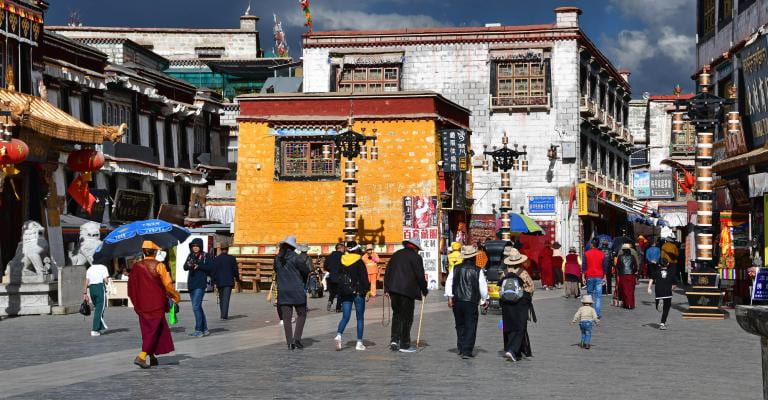
Human Rights Issue in Tibet
This resource provides a brief description of some of the challenges faced by the Tibetans as a result of China’s occupation.
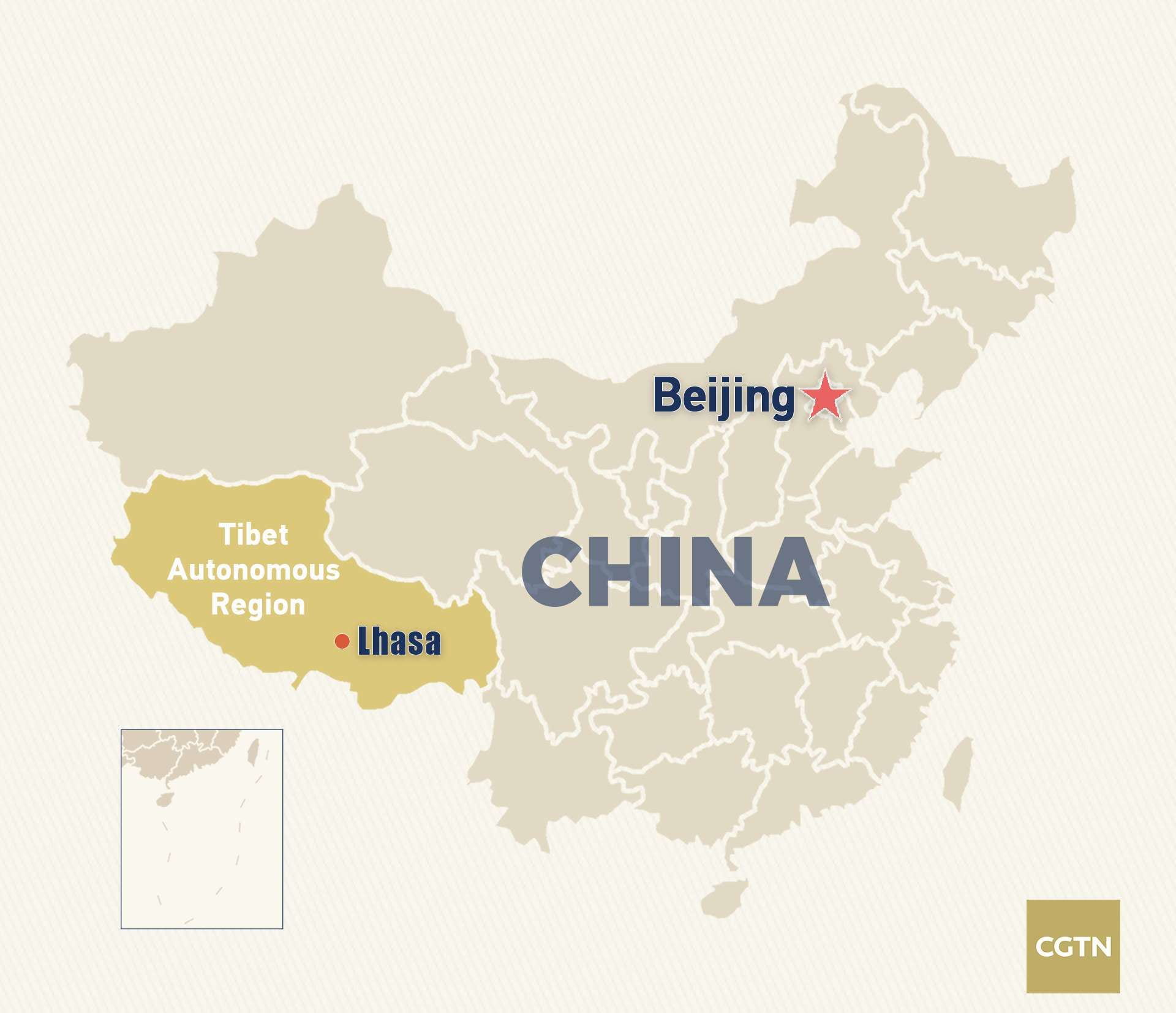
The Middle Way Approach
The Middle Way is the Dalai Lama’s and the Tibetan people’s vision for Tibet’s future. It was influenced by the Tibetan Buddhist concepts of interdependence and nonviolence. The Middle Way would respect the fundamental rights of the Tibetan people, bring peace and security to China, and provide hope and inspiration to areas of conflict around the globe. Click the link above to learn more about Tibet’s Middle way approach.
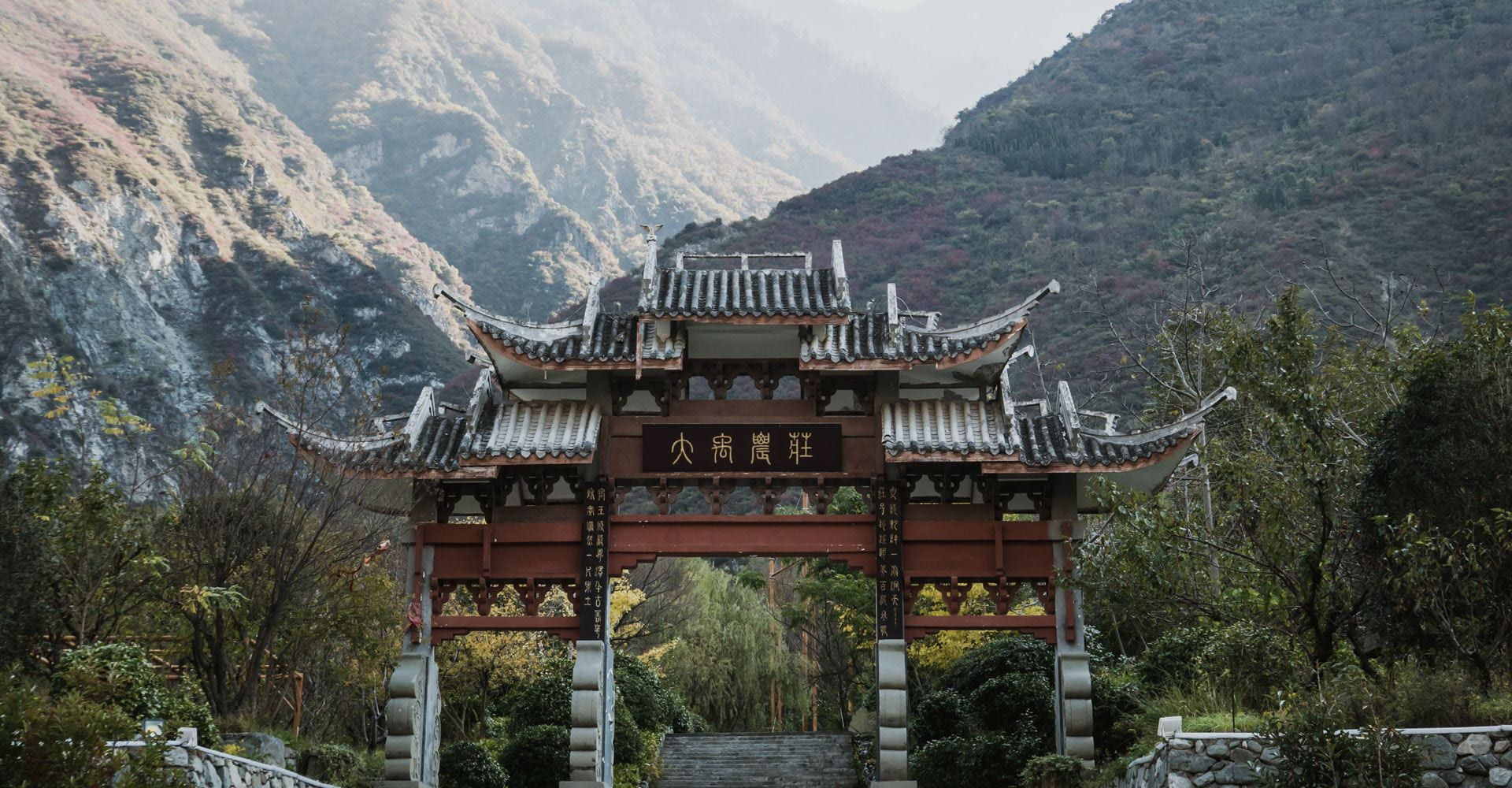
The Tibet Issue: China’s View
The BBC News curated a quick ‘Question and Answer’ summary of China’s view on the Tibetan issue. This resource serves as a quick guide to gain background knowledge on the recurring issue between China and Tibet.
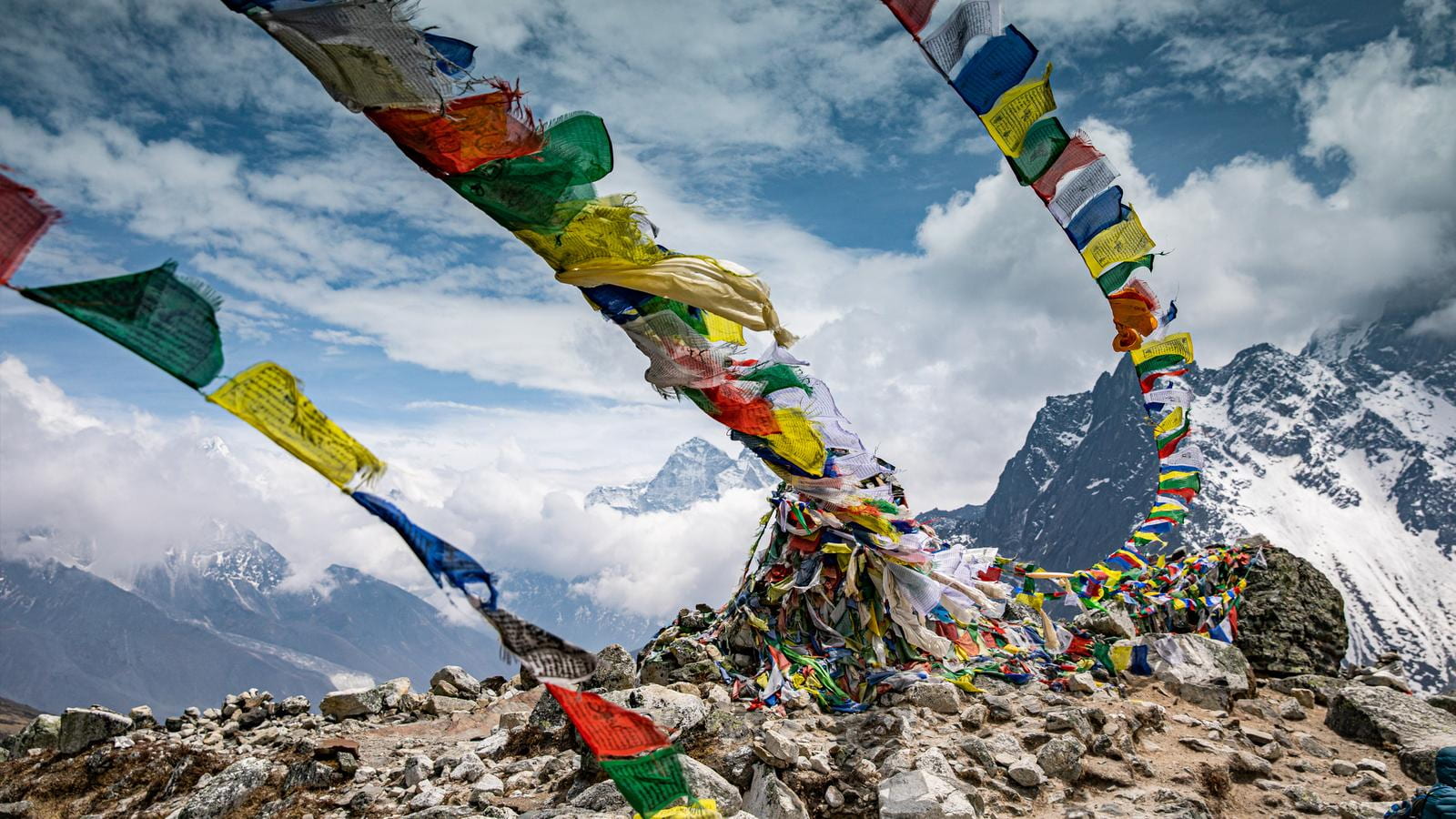
Tibet Through China’s Eyes
A very detailed summary of the political views of Tibet history which is very relevant even today. Read on to learn more about the support received by Tibet from China.
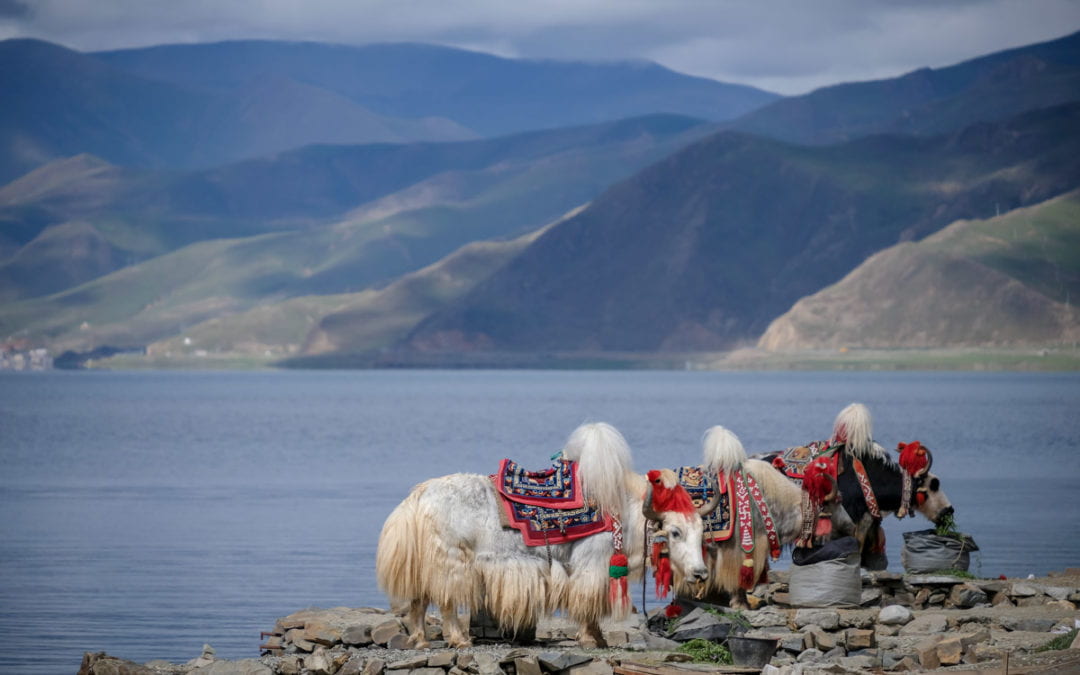
China’s Argument on Tibet
A very detailed summary of China’s argument on Tibet. Read on to learn more about China’s perspective.
NEWS, MAGAZINES, AND JOURNALS
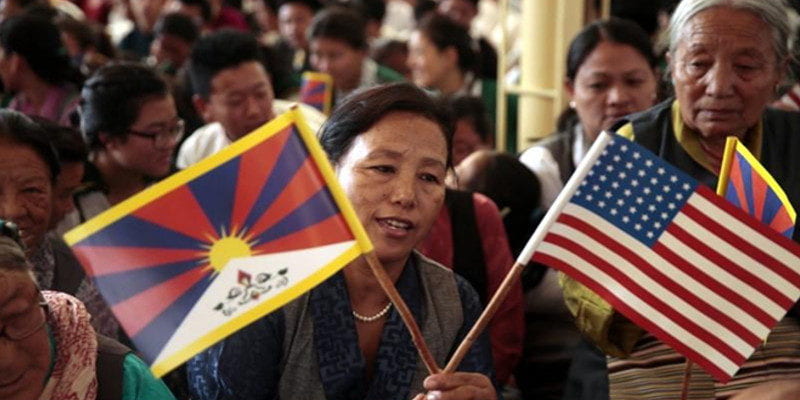
The Tibet Post International
Tibet Post International is an independent Tibetan news/media that publish news and informative articles that are often absent from China’s state-run propaganda news outlets. TPI’s primary aim is to promote the development of Tibetan journalism and to strive for freedom of the press both within and outside Tibet.
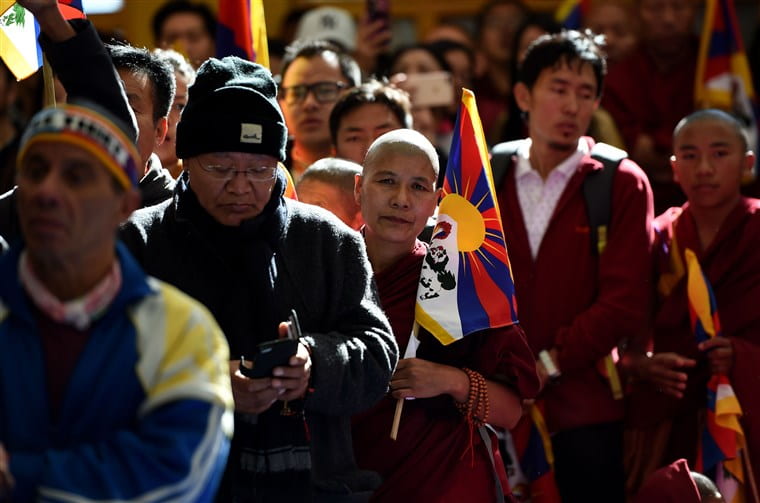
Xinhua News Agency
Xinhua News Agency New China News Agency is the official state-run press agency of the People’s Republic of China. Xinhua is the biggest and most influential media organization in China, as well as the largest news agency in the world in terms of correspondents worldwide.
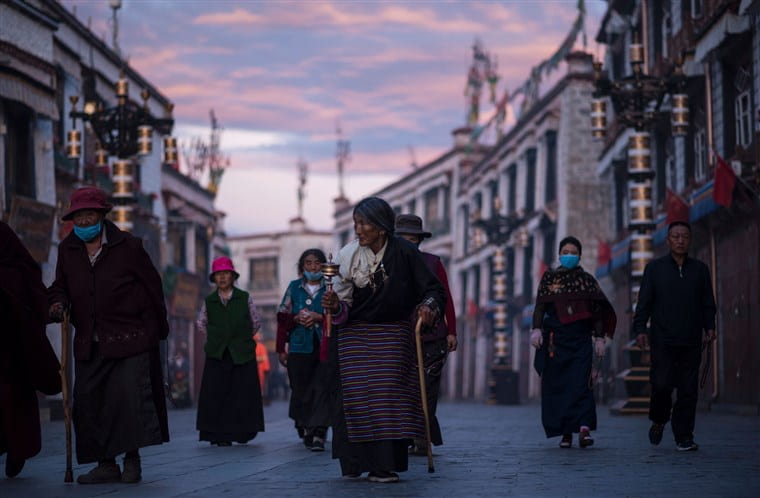
People’s Daily Online
People’s Daily Online, founded on January 1, 1997, is a large-scale information exchange platform with news at its core, constructed by China’s largest newspaper – People’s Daily. It is also a public media and culture company with People’s Daily at the center of its interest control. It is a great news website to stay up to date on Tibet’s current news.

China Tibet Online
China Tibet Online (CTO) is a multilingual propaganda website dedicated to Tibet-related topics. It provides updated news and stories on the Tibet Autonomous Region and other Tibetan inhabited areas.
Lesson Plans And Activity Ideas
Below are websites that provide lesson plans and fun activity ideas on Tibet-related topics separated by appropriate grades. Please click the individual hyperlinks to find out more about these resources.
Elementary (PreK – Grade 5)
High School (Grade 9 – 12)
Exchange Programs for Students
Below are some exchange programs that high school students can participate in order to gain a deeper understanding of Tibetan culture and language. Please click the individual hyperlinks to find out more about these resources.
Check back for updates!
Exchange Programs for Teachers
Beyond the Wall- Educator Professional Development
An experiential immersion exploring the complexities of rural and ethnic minority communities of China including Tibetan Plateau and connect with community leaders in the Tibetan District, for teachers of global studies & world languages, and for coordinators of travel abroad & community-service programs.
Eligibility: Educators
Fee: $3,300
Scholarship: Available
Institutions And Organizations
Tibet Governance Lab (Tibet GovLab)
The Tibet Governance Lab based at the Elliott School of International Affairs advances scholarship, research, and new perspectives on key issues of governance and public policy in contemporary Tibet. The program promotes research initiatives and program activities that produce fresh insights, analyses, and approaches to understanding the social, economic and institutional challenges confronting the Tibetan region.
The Guhyasamaja Center is a community of spiritual friends in the Washington DC metro area dedicated to the practice of Tibetan Buddhism. committed to helping all beings fulfill their highest potential — boundless wisdom and compassion inspired by an attitude of universal responsibility. Our primary focus is the exploration of the mind — how to understand and work with our mind to overcome inner causes of suffering and dissatisfaction (such as hatred, greed, and ignorance) while cultivating inner causes of happiness (such as love, compassion, patience, and wisdom).
Rigpa aims to present the Buddhist tradition of Tibet in a way that is both completely authentic and as relevant as possible to the lives and needs of modern men and women.
Mahayana Sutra and Tantra Center of Washington, DC
The Mahayana Sutra and Tantric Center of Washington, DC, was established in 1979 by the late Hlaramapa Geshe, Khensur Lobsang Tharchin Rinpoche. It was incorporated as a non-profit religious organization dedicated to the preservation and dissemination of Buddhist knowledge (according to the Gelukpa Tibetan Buddhist tradition).
The Office of Tibet in Washington, D.C. represents His Holiness the Dalai Lama and the Central Tibetan Administration in North America. The main responsibility of this Office is to work for the promotion of His Holiness the Dalai Lama’s three principal commitments- Promotion of Human values, Promotion of religious harmony, and Preservation of Tibetan culture and religion.
The Tibetan Community of New York & New Jersey not-for-profit organization focused on supporting the survival of Tibetan culture and identity, and to enhance the quality of life for all Tibetans living in the local community and worldwide.
The Central Tibetan Administration or CTA is an organization based in India. The CTA is also referred to as the Tibetan Government in Exile which has never been recognized by China. It is formed by Tibetans inside Tibet and its internal structure is government-like. In addition to political advocacy, it administers a network of schools and other cultural activities for Tibetans in India.
International Campaign for Tibet
This organization serves as the largest Tibet support group in the world, the International Campaign for Tibet is defined by acts of skillful compassion. They work in areas such as government advocacy, empowerment, and also provides funds to support Tibetans who can make a significant contribution to their community in the fields of visual arts and media, and environmental and women’s rights.
Center for Strategic & International Studies (CSIS)
The Center for Strategic and International Studies (CSIS) is a bipartisan, nonprofit policy research organization dedicated to advancing practical ideas to address the world’s greatest challenges.
The Brookings Institution is a nonprofit public policy organization based in Washington, DC. Our mission is to conduct in-depth research that leads to new ideas for solving problems facing society at the local, national, and global levels.
The Wilson Center, chartered by Congress in 1968 as the official memorial to President Woodrow Wilson, is the nation’s key non-partisan policy forum for tackling global issues through independent research and open dialogue to inform actionable ideas for the policy community.
Annual Events in the DMV Area
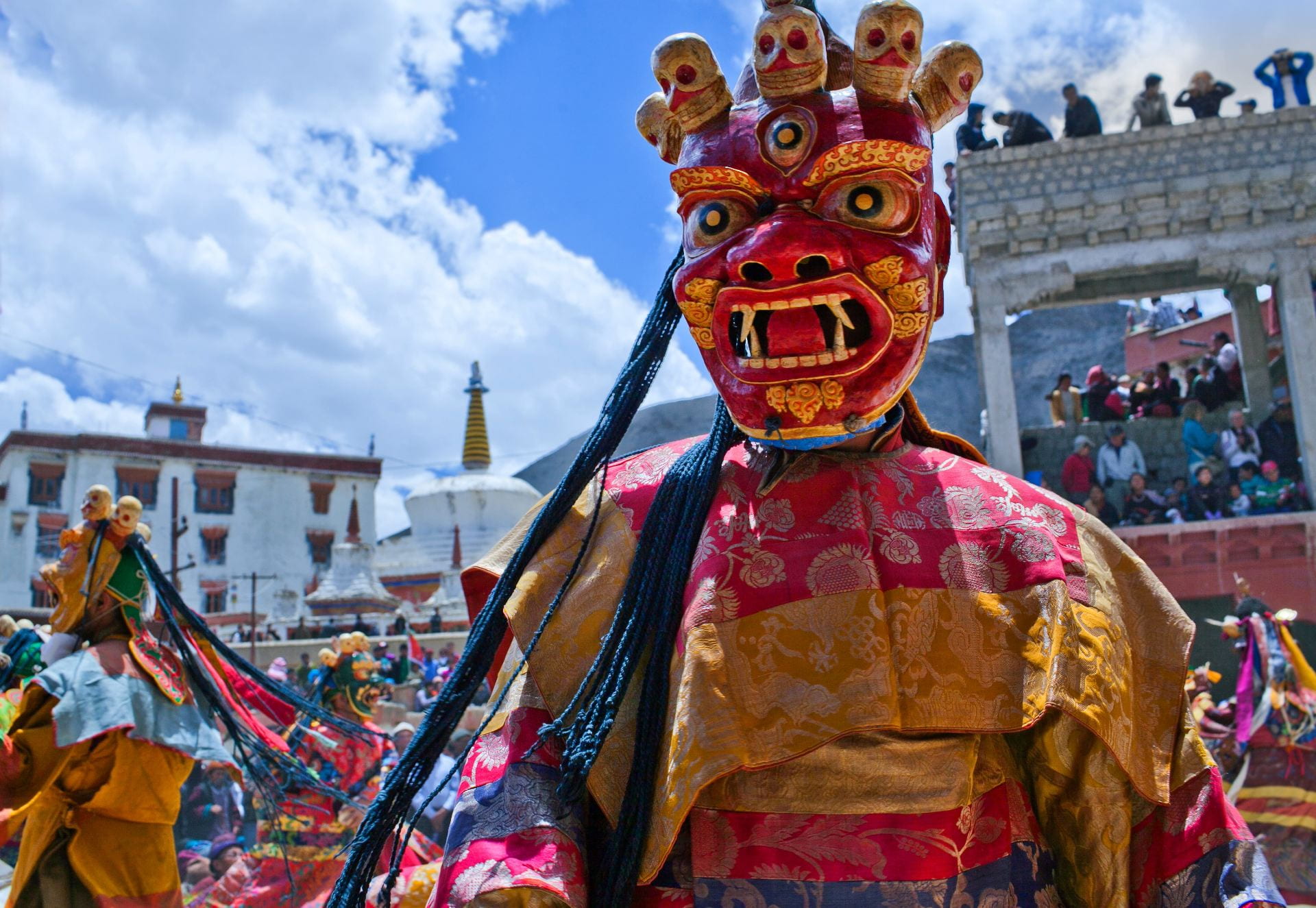
Tibetan Losar (New Year) - February
On the first day of Losar (Tibetan New Year) in a bold show of reverence and spiritual allegiance, a monastery in Amdo Ngaba held public celebrations to mark the Dalai Lama’s 80th birth year. The past 4 years the U.S. State Department has been celebrating Tibetan Losar to represent and hold the Tibetan culture.
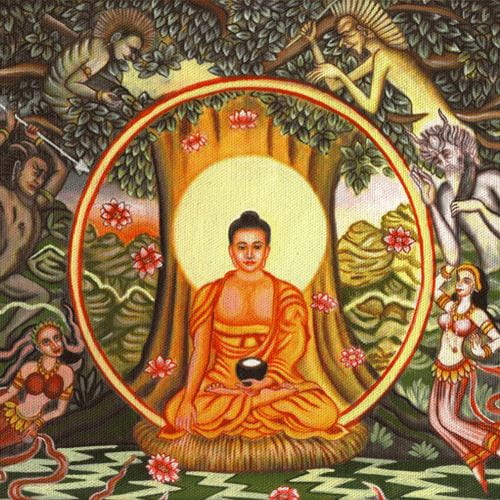
Saga Dawa Dechen - June
Saga Dawa celebrates the Buddha’s birth, enlightenment, and parinirvana (when a Buddha passes away and leaves his or her earthly body). On this day Buddhists around the world engage in many prayers and practices, as well as making extensive offerings to teachers. In Washington D.C. the Mahayana Sutra and Tantra Center celebrate this day each day.
Compiled by NRC Curriculum Developer, Shruthi Shree Nagarajan

EAST ASIA NATIONAL RESOURCE CENTER
Join Our Mailing List
Receive news and updates about EANRC events.

